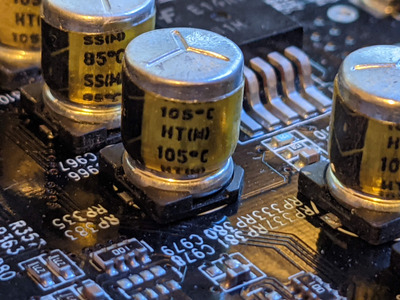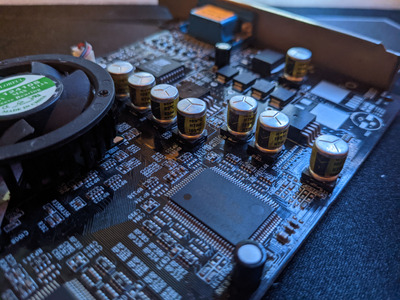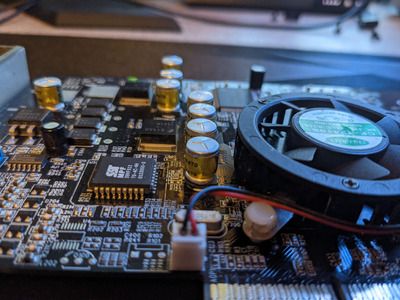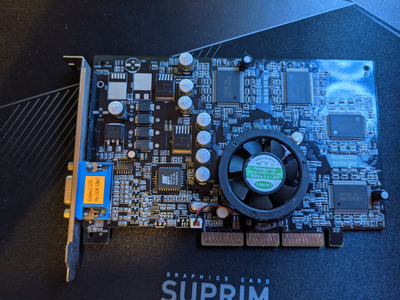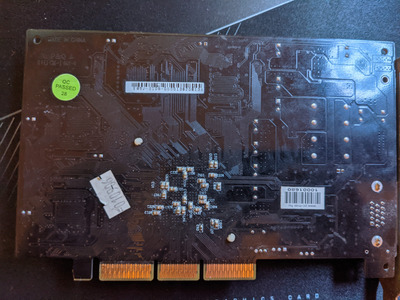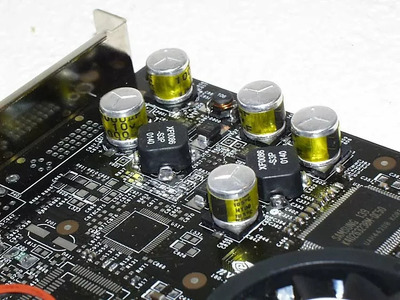To remove those, one of these cheap pair of hot tweezers makes it super easy: https://www.amazon.com/dp/B01M2YHJAB/
They have terrible reviews, but work absolutely fine after they heat up for 2-3 mins. Just tin the tips, place the tweezers on the capacitor pads, and they lift right off with zero effort. Then you can use the normal soldering iron with copper wick and flux to clean the pads.
For the new caps, you tin one pad, hold the tip there for a second so it is molten, then slide the new capacitor into it and take the iron away. After it is cooled and solid, add solder/flux to the opposite pad and it is done.
Removal and pad cleanup should take 10-15 seconds, and install of the new capacitor takes about the same amount of time. Just don't have the iron as hot as the sun, because that's how pads can lift away from the board.
